King Mackerel 101: Gear, Timing, and Tactics
King mackerel fishing combines skill, strategy, and the right equipment to pursue one of the ocean’s most exciting gamefish. Known for their blistering runs and aerial acrobatics, these predators present a thrilling challenge for both novice and experienced anglers. Whether you’re casting from shore, trolling offshore, or drifting with live bait, understanding the fundamentals of king mackerel fishing can dramatically improve your success rate and enhance your experience on the water. This comprehensive guide covers everything you need to know about targeting these magnificent fish, from essential gear selections to seasonal patterns and proven techniques that consistently produce results.
Understanding King Mackerel Biology

King mackerel (Scomberomorus cavalla), also known as “kingfish” or simply “kings,” are migratory pelagic predators found primarily in the western Atlantic Ocean and Gulf of Mexico. These streamlined speedsters can reach lengths of over 5 feet and weights exceeding 100 pounds, though most catches typically range between 10-30 pounds. Kings possess razor-sharp teeth and a distinctive lateral line that drops sharply near the pectoral fin, helping distinguish them from their Spanish mackerel cousins. Their diet consists mainly of smaller baitfish like menhaden, herring, and mullet, which influences both their movement patterns and the baits most effective for targeting them. Understanding these biological characteristics provides the foundation for developing successful fishing strategies throughout the year.
Essential Rod and Reel Combinations

Selecting the right rod and reel combination is crucial for handling the powerful runs and explosive strikes characteristic of king mackerel. Medium to medium-heavy spinning or conventional setups in the 15-30 pound class provide the perfect balance of strength and sensitivity. For spinning gear, 7-foot rods paired with 4000-6000 series reels loaded with 15-20 pound monofilament or 30-40 pound braided line offer versatility for various fishing scenarios. Conventional setups benefit from low-profile reels with smooth drags capable of withstanding the blistering first run kings are famous for executing. Many dedicated king mackerel anglers prefer conventional reels for trolling applications, while keeping spinning gear ready for sight-casting opportunities or when using live bait. Regardless of choice, ensure your drag system is properly maintained and tested before targeting these high-speed predators.
Terminal Tackle Essentials
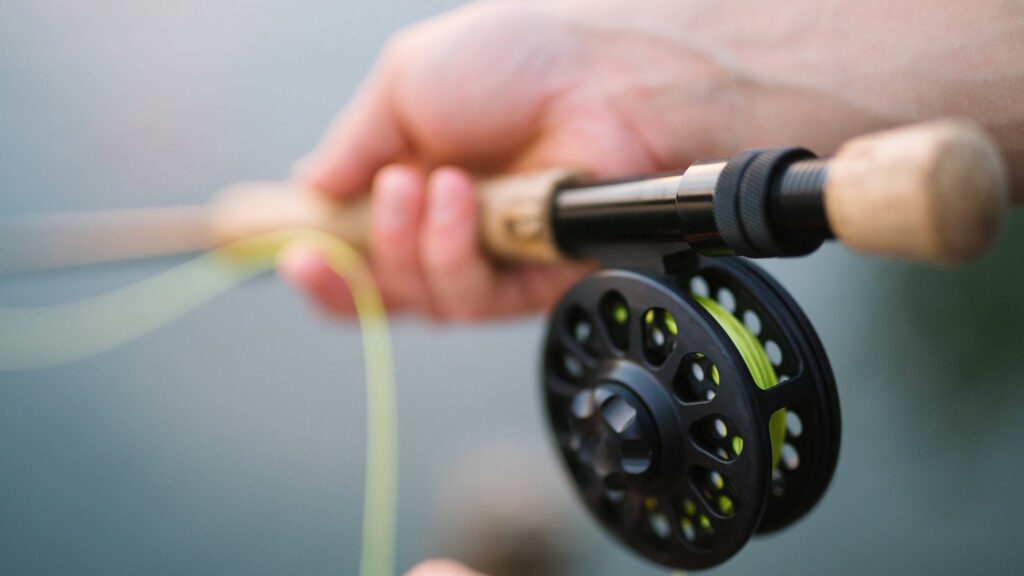
The terminal tackle for king mackerel requires careful consideration due to their razor-sharp teeth and aggressive feeding habits. Wire leaders ranging from 30-60 pound test are essential, with many anglers preferring single-strand wire for its thinner diameter and better action in the water. Pre-made stinger rigs featuring a lead hook and trailing treble hook connected by wire effectively prevent missed strikes and short-bites common when targeting kings. For hooks, 1/0 to 4/0 live bait hooks paired with #4 or #2 treble stinger hooks provide excellent hook-up ratios. Additionally, a selection of trolling weights (1-3 ounces), swivels to prevent line twist, and various-colored skirts to enhance bait visibility complete the essential terminal tackle collection. Always carry extra pre-rigged leaders as kings’ teeth can quickly damage even the sturdiest wire during prolonged battles.
Top Artificial Lures for King Mackerel
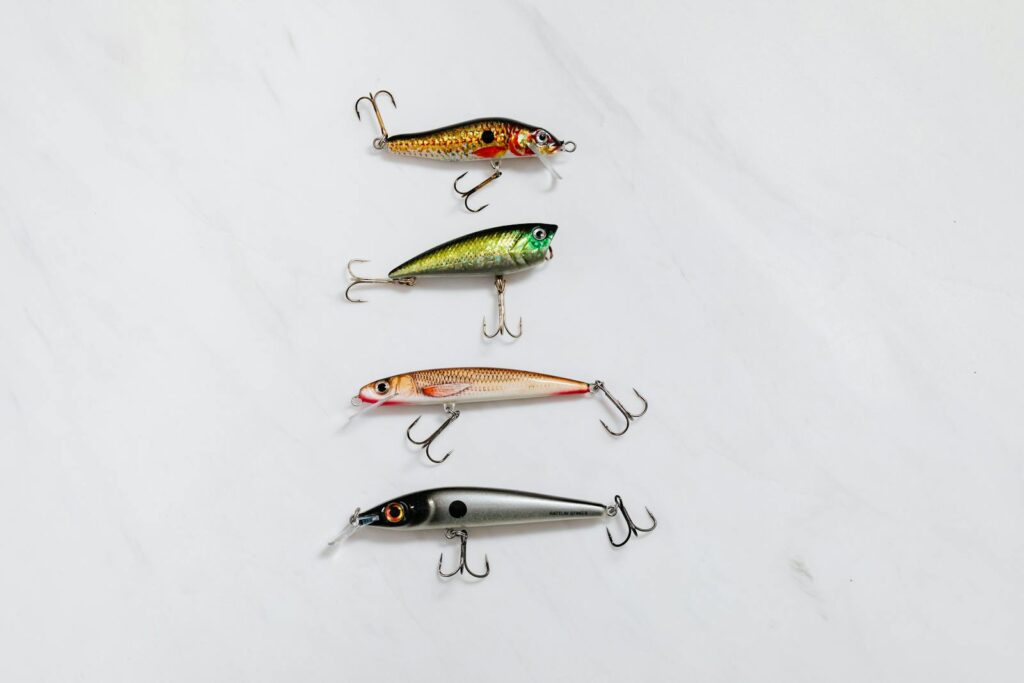
Artificial lures offer an effective alternative to live bait when targeting king mackerel, particularly when trolling or covering water to locate active fish. Diving plugs in the 4-8 inch range mimicking baitfish profiles consistently produce strikes, with blue/silver, green/silver, and pink/white color combinations proving especially effective in various water conditions. Spoons, particularly those with reflective finishes like silver, gold, or copper, create flash and vibration that trigger aggressive responses from hunting kings. Weighted jigs dressed with soft plastic swimbaits can be deadly when vertically jigged or slow-trolled near structure or bait schools. For surface action, large topwater poppers and stick baits generate explosive strikes during dawn and dusk feeding periods. When using artificial lures, maintaining proper trolling speeds between 4-7 knots is critical to maximize the lure’s action and appeal to hunting king mackerel.
Live Bait Selection and Rigging
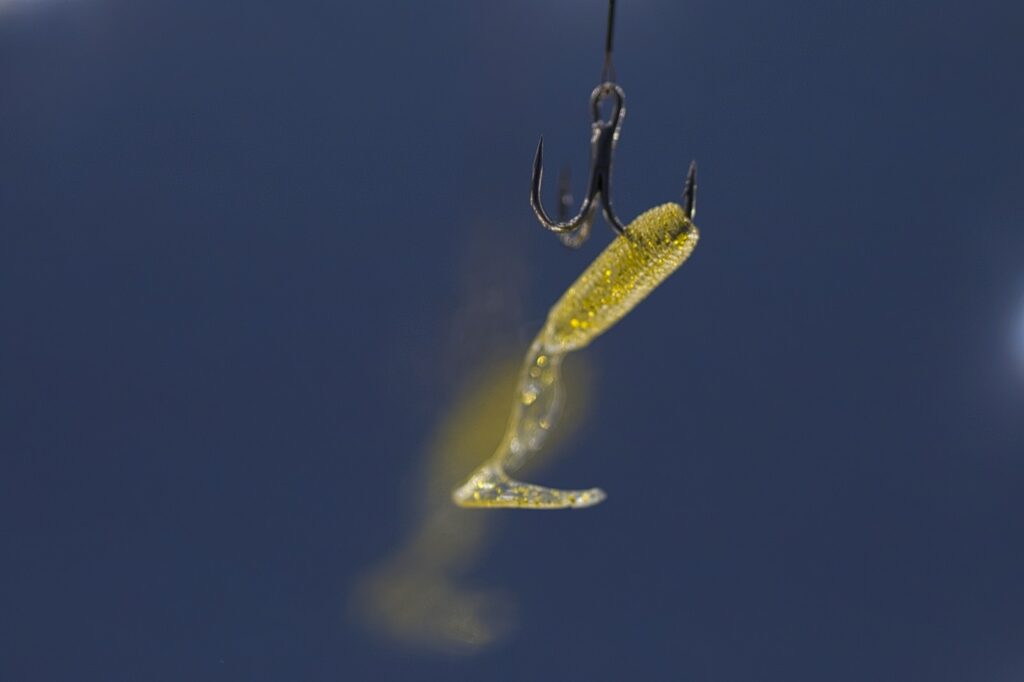
Live bait remains the gold standard for serious king mackerel anglers, consistently producing larger fish across various conditions. Blue runners, threadfin herring, menhaden, mullet, and cigar minnows rank among the most productive offerings, with bait selection often determined by local availability and seasonal patterns. Proper rigging is crucial—nose-hook smaller baits with a single hook through the nostrils or eye socket, allowing natural swimming motion while adding a stinger hook positioned to catch short-striking kings. For larger baits like mullet, bridle rigging through the eye sockets or back-hooking behind the dorsal fin prevents premature fatigue and extends bait longevity. Maintaining a healthy bait well with proper water circulation and oxygenation ensures your offerings remain lively throughout the fishing day. Fresh dead baits can also produce when properly rigged with stinger setups, especially when slow-trolled to create a wounded baitfish presentation irresistible to predatory kings.
Seasonal Migration Patterns
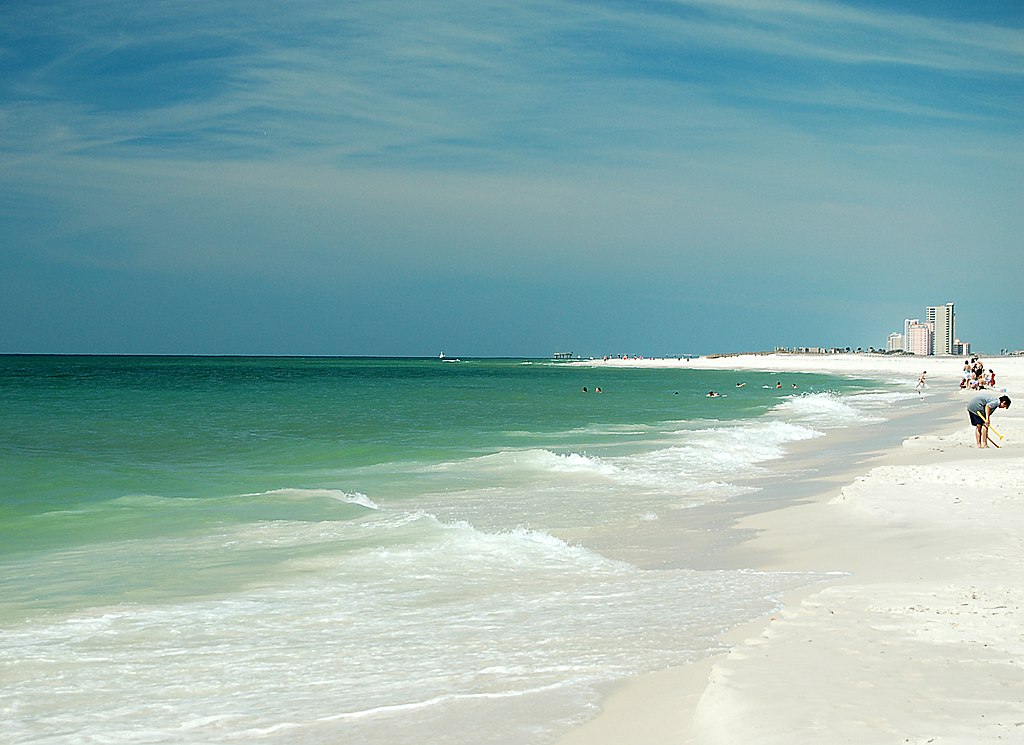
King mackerel follow distinct seasonal migration patterns that savvy anglers can leverage to improve their success rates throughout the year. During spring months (March-May), kings begin their northward migration along the Atlantic coast and into the northern Gulf of Mexico as water temperatures climb into the 68-75°F range. Summer (June-August) typically finds larger concentrations of kings in their northern ranges, with many trophy-sized fish available near coastal structures and offshore reefs. Fall migration (September-November) reverses the pattern as cooling waters push kings southward, often creating excellent fishing opportunities as these predators feed aggressively before winter. Winter months (December-February) see most kings concentrated in southern Florida waters and the southern Gulf of Mexico where water temperatures remain hospitable. Understanding these broad migratory patterns allows anglers to anticipate king mackerel movements and plan fishing trips during peak seasonal availability in their region.
Finding Productive Fishing Locations
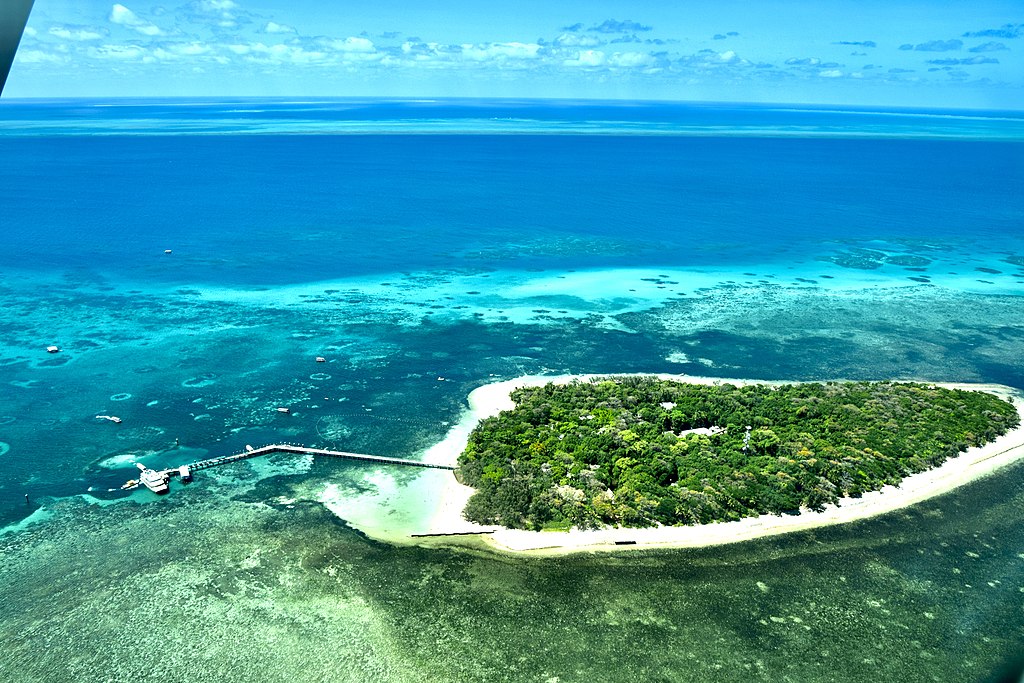
Successful king mackerel fishing begins with identifying high-percentage locations where these predators congregate to feed. Offshore reefs, wrecks, and artificial structures serve as gathering points for baitfish schools, naturally attracting hunting kings. Coastal inlets and passes create current breaks where kings ambush prey moving between open ocean and protected waters. Tide lines, weed lines, and color changes in the water column indicate convergence zones where currents meet, concentrating baitfish and creating prime hunting grounds. During warmer months, kings often relate to depth changes and underwater structures in 30-100 feet of water, while moving shallower during dawn and dusk feeding periods. Modern electronics play a crucial role in location identification—use your depth finder to locate bait schools, temperature breaks, and structure while monitoring radar for bird activity that often indicates feeding kings below the surface.
Trolling Techniques and Strategies
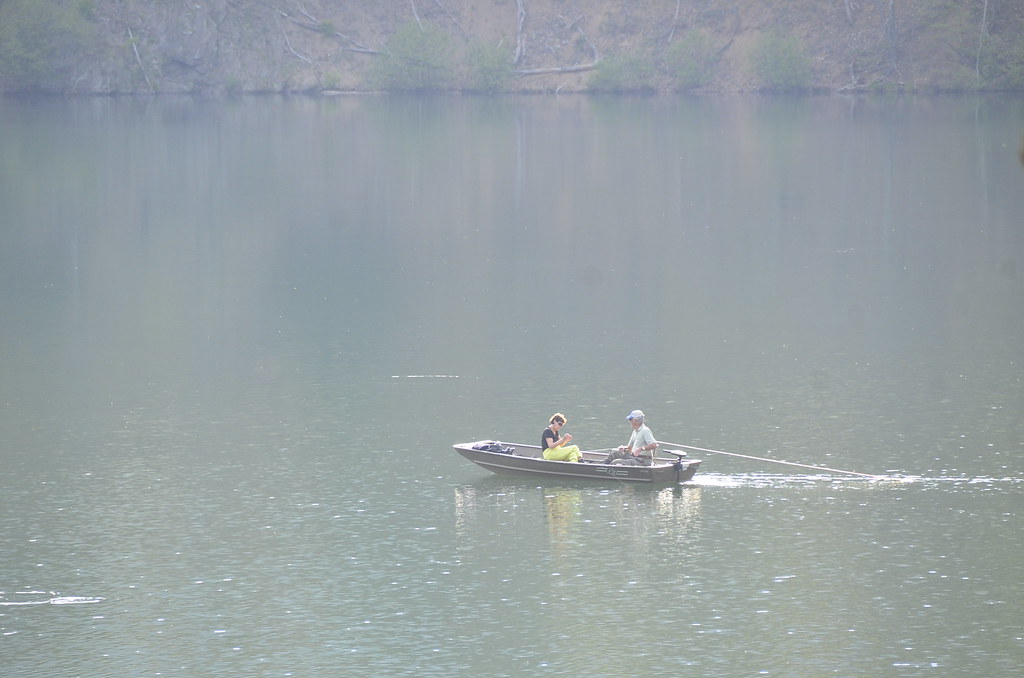
Trolling remains one of the most productive methods for locating and catching king mackerel across vast areas of water. Maintaining proper trolling speeds between 4-7 knots creates the optimal presentation for most lures and baits targeting kings. Deploying a spread of multiple lines at varying distances behind the boat increases your coverage area, with typical setups including flat lines directly behind the boat, outrigger lines set wider, and downrigger lines for targeting fish holding deeper in the water column. When trolling natural baits, slightly slower speeds of 2-4 knots often produce better results by allowing live baits to swim naturally. Zigzag trolling patterns that cross depth contours and structure edges frequently outperform straight-line approaches by presenting baits to fish holding at different depths. Once a strike occurs, marking the location on GPS allows for repeated passes through productive areas where kings are likely schooling and feeding.
Drift Fishing and Slow-Trolling Methods
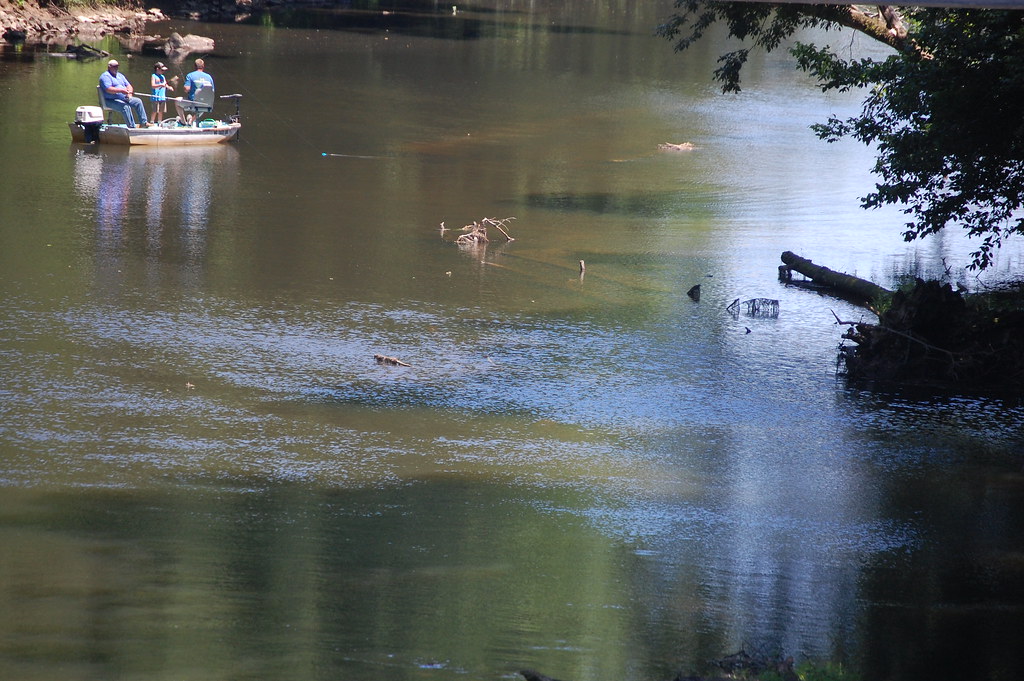
Drift fishing and slow-trolling offer deadly effective alternatives to standard trolling techniques when targeting king mackerel, particularly when fish are concentrated in specific areas. These methods excel when fishing known structures, reefs, or bait concentrations where precise presentations outweigh covering large areas of water. For drift fishing, deploy live baits at various depths using weight configurations appropriate to current conditions and desired depth targets. Slow-trolling involves using electric trolling motors or periodically bumping main engines in and out of gear to maintain minimal forward momentum while keeping baits in the strike zone longer. Both techniques allow for more natural bait presentations and longer soak times in productive areas. Adding occasional rod tip movements or slight speed changes while slow-trolling can trigger reaction strikes from following kings that might otherwise be reluctant to commit to stationary offerings.
Weather and Tide Considerations
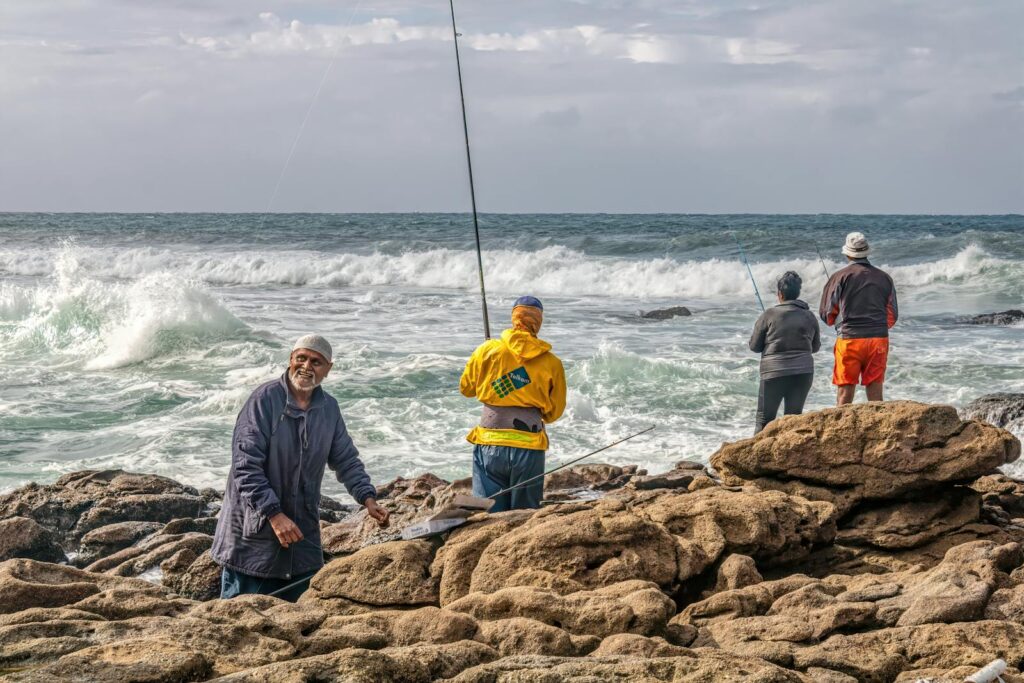
Weather and tidal conditions significantly influence king mackerel behavior and feeding patterns, making these factors crucial considerations when planning fishing trips. Kings typically feed more aggressively during moderate sea conditions with 1-3 foot waves that create enough water movement to activate baitfish without excessive turbulence. Tide changes—particularly the first few hours of incoming or outgoing tides—often trigger feeding activity as current movement concentrates baitfish and creates ambush opportunities. Wind direction affects water clarity and temperature, with clean, green water generally proving more productive than excessively clear or murky conditions. Barometric pressure changes preceding weather fronts frequently spark intense feeding periods as kings sense the approaching environmental shift. The most successful king mackerel anglers carefully monitor these environmental factors, scheduling trips during optimal conditions and adjusting tactics to match the prevailing weather patterns.
Fighting and Landing Techniques

Successfully fighting and landing king mackerel requires specific techniques that account for their explosive runs and tendency to throw hooks during aerial displays. When a king strikes, allow the fish to run briefly before engaging the drag to ensure proper hook penetration beyond the bony jaw plate. Maintain steady pressure throughout the fight, avoiding high-stick positions that can snap leaders or pull hooks during sudden directional changes. When a king makes surface runs or jumps, quickly drop your rod tip toward the water to reduce tension and prevent hook dislodgement. As the fish tires and approaches the boat, be prepared for last-ditch runs that often prove more dangerous than initial strikes. Landing requires careful coordination—use a large net for smaller kings under 20 pounds, while gaffing remains the preferred method for larger specimens. Always exercise caution during the landing process, as kings retain their dangerous teeth and thrashing ability even when apparently subdued.
Conservation and Handling Practices

Responsible conservation practices ensure sustainable king mackerel populations for future generations of anglers. Always adhere to current size and bag limits established by fishery management authorities, which may vary by region and change seasonally. When practicing catch and release, minimize fish handling time and avoid removing large kings from the water whenever possible. If a photo is desired, support the fish horizontally rather than vertically to prevent internal organ damage. Use circle hooks when appropriate to reduce deep-hooking mortality, and carry proper release tools including dehookers and wire cutters for quickly freeing hooked fish. Consider selective harvesting by releasing larger breeding females while keeping smaller males for the table when retention is desired. Proper handling practices not only conserve the resource but also maintain the quality of fish intended for consumption, as kings should be immediately bled, gutted, and placed on ice to preserve their excellent table quality.
Tournament Strategies and Specialized Tactics
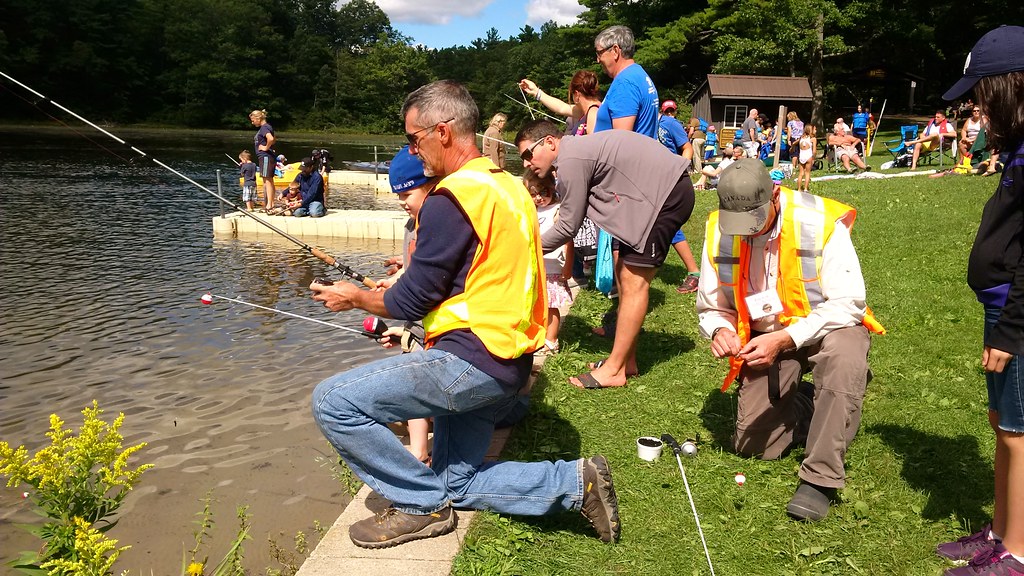
King mackerel tournaments require specialized strategies that differ from recreational fishing approaches, with success often depending on finding that single trophy fish rather than numbers. Tournament anglers typically focus exclusively on larger baits like ribbonfish, large blue runners, or substantial mullet that appeal to trophy-class kings while deterring smaller fish. Specialized techniques like high-speed trolling with downriggers or kite fishing with live baits suspended at precise depths can produce tournament-winning fish when conventional methods fall short. Successful tournament competitors carefully research historical catch data, monitor recent fishing reports, and scout potential areas days before competition begins. They also employ strategic time management, identifying primary and secondary fishing areas while allowing travel time between locations without sacrificing fishing hours. Perhaps most importantly, tournament anglers maintain meticulous attention to equipment details—pre-stretching monofilament lines, testing drag settings daily, and inspecting terminal tackle before each deployment to ensure no equipment failures compromise that potential winning fish.
King mackerel fishing combines science, skill, and the thrill of pursuing one of the ocean’s most exciting gamefish. By understanding their behavior, selecting appropriate gear, and implementing proven techniques, anglers can dramatically improve their success rates on the water. Whether you’re a tournament competitor or weekend enthusiast, the fundamentals covered in this guide provide the foundation for memorable king mackerel fishing experiences. Remember that patience, persistence, and willingness to adapt to changing conditions ultimately separate consistent success from occasional luck when targeting these magnificent predators. With each trip on the water, you’ll refine your approach and develop the personalized tactics that work best for your fishing style and local conditions.
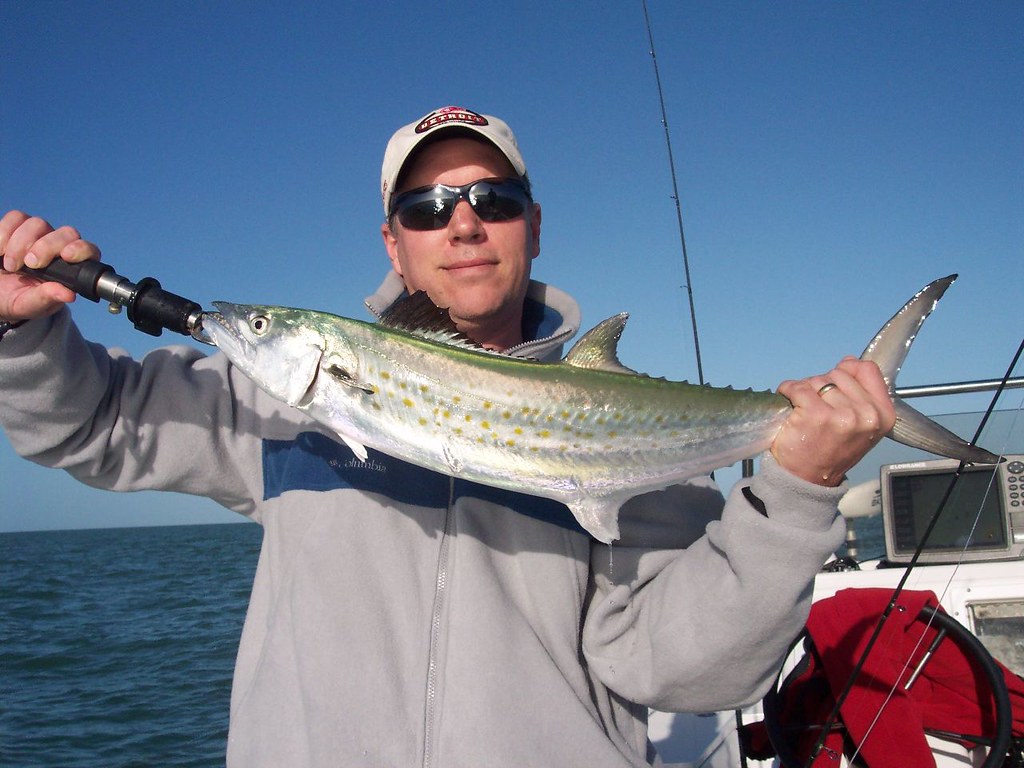
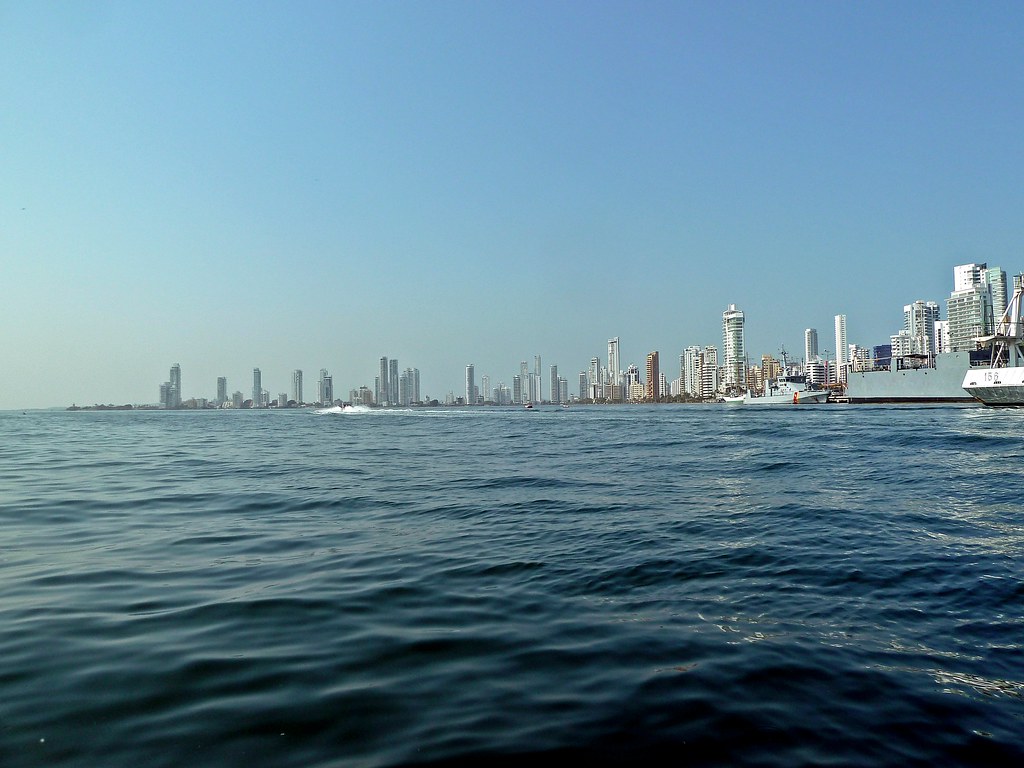

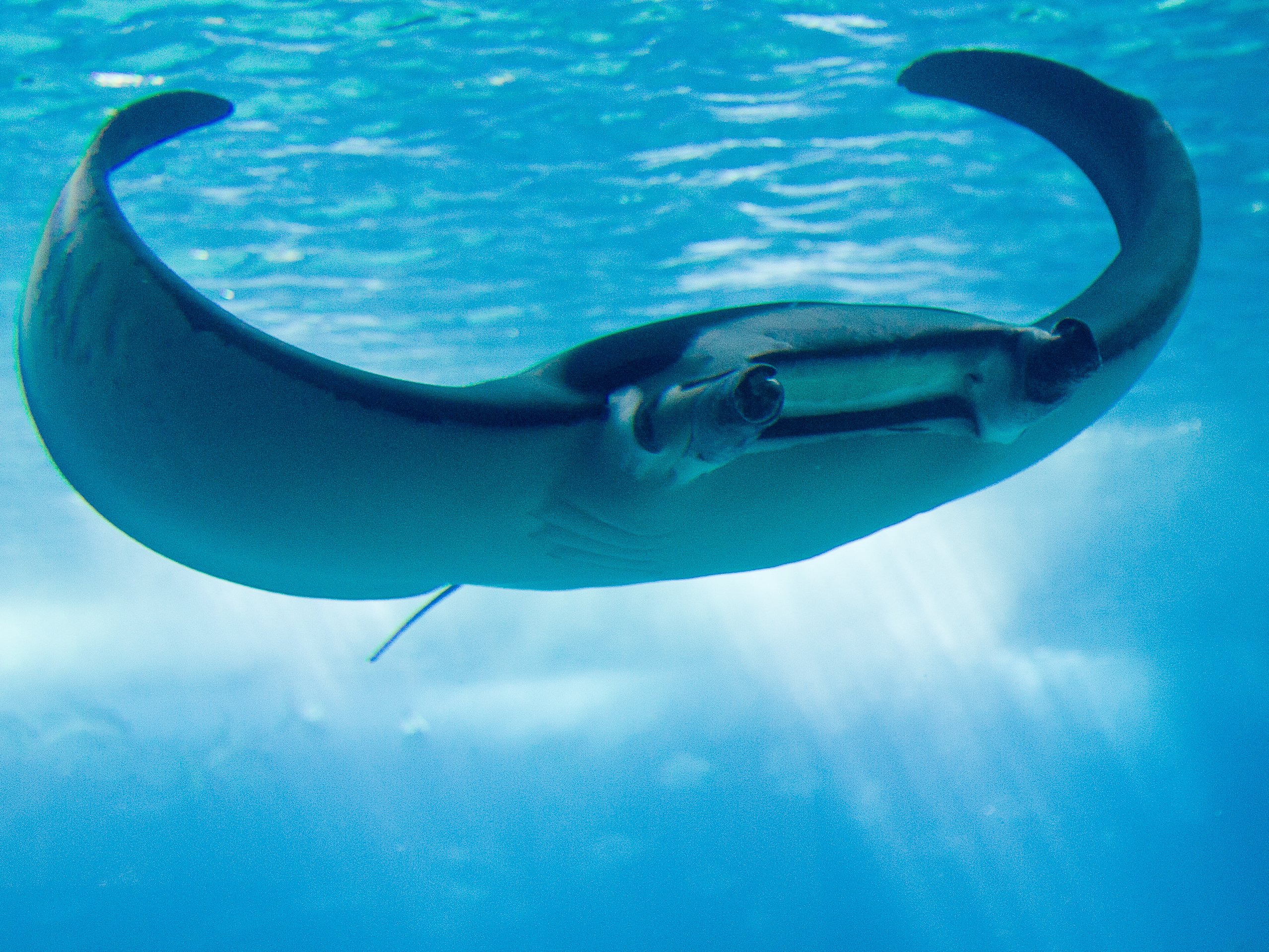
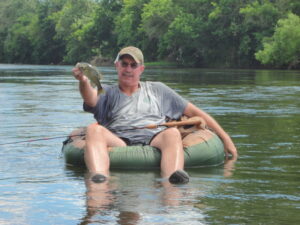
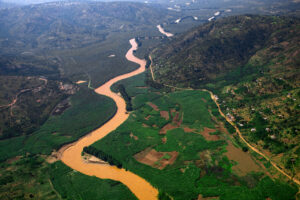








Post Comment